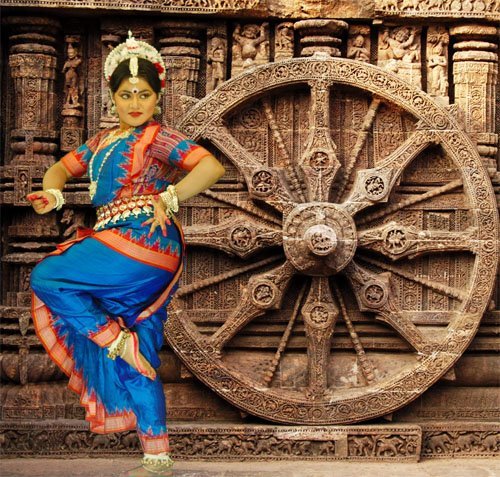Faculty Are People Too: Shreelina Ghosh

Shreelina Ghosh comes from Calcutta, India. While living in Calcutta, Shreelina studied English Lit to the master’s level. Afterwards, she travelled to Michigan State University for her PHD and then taught English Lit at Arizona State University for a year prior to joining the staff at Dakota State University.
As a child, Shreelina loved reading and during high school she loved poetry and Shakespeare. Unfortunately, when Shreelina went to college, she discovered school was much more writing intensive than it had been earlier in life, but she kept with it.
While at Michigan State University, Shreelina taught some undergraduate English courses. When Shreelina was teaching her first courses in the United States, she realized that students talked very differently than they did in India. The differences were usually small, like addressing her by her first name instead of last name. Another difference she came to realize was that her own relationships with her professors became closer than they had ever been in India.
Before finishing her English Lit Degree, Shreelina had originally wanted to dance professionally. She had begun dancing around the age of four in the Odissi style, but she only began to seriously dance at the age of eleven. During her time in college, she continued to dance and found work as a traditional Odissi dancer. Eventually, Shreelina decided to pursue academics, but her love for dance continued and her dissertation ended up being the virtualization of traditional dancing styles.
Shreelina’s Odissi style of dance started about 2000 years ago. Evidence of this has been found in cave drawings that have been discovered recently in locations all over India. When England colonized India, the over-seers saw dance as immoral and banned women from dancing. To get around the rules, boys were taught dance to keep the traditions alive in temples, and later they eventually became temple guardians when they were too old to keep practicing the dances. Although, when India became free once more in the 1940’s, dance was reintroduced to the public to help show a national identity. When Shreelina approached gurus of traditional dance about her dissertation, most did not like the idea of digitalizing dance because it would change it in a very extreme way.
For her dissertation, Shreelina taught ballet and Japanese dance forms over the internet through a program called “second life”. Unfortunately toward the end of the dissertation, the user base of the program shrunk massively and Shreelina had to move to programs like Skype and YouTube. This made her dissertation more complicated to complete.
Since her dissertation, Shreelina has also helped to teach dance in India under the guru that taught her dance. She currently teaches classical dance in Sioux Falls as a small amount of community service. She is the only classical dancing instructor in South Dakota right now, and her service is much appreciated.
Photo Credit: http://odissi.blogspot.com/





